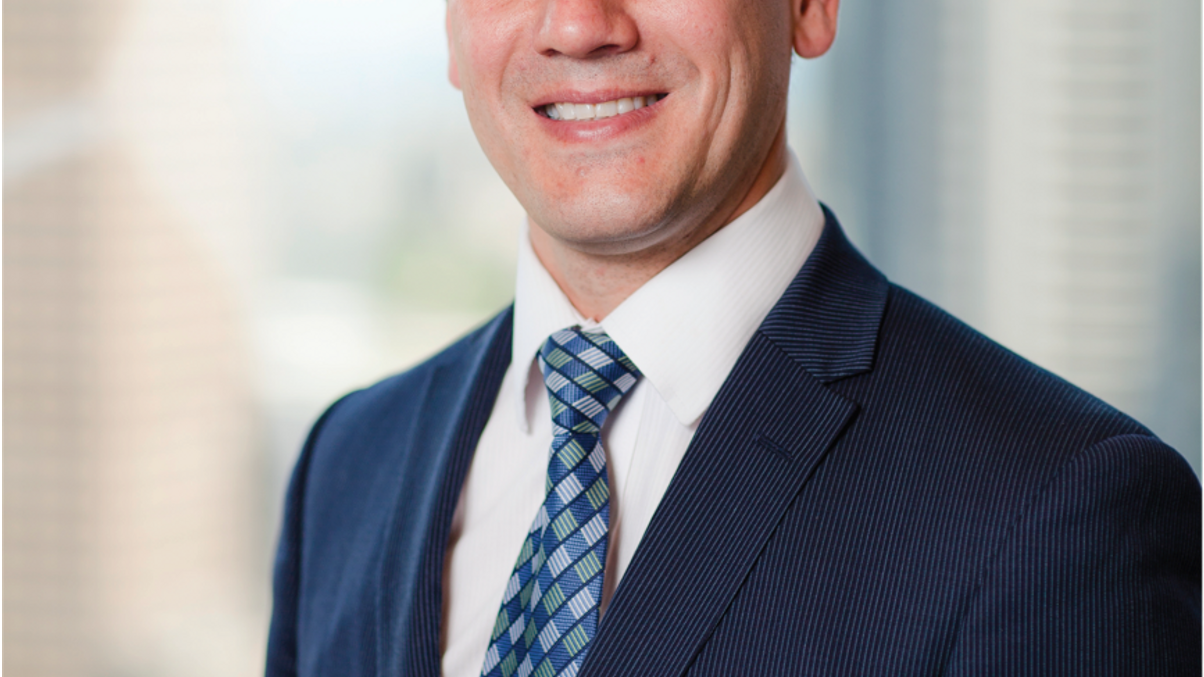Taking a more active approach
Kristian Fok, executive manager of investment strategy at Cbus.

Kristian Fok was appointed executive manager of investment strategy for the Cbus superannuation fund in October last year following a wholesale review of its investment processes.
Sign in to read on!
Registered users get 2 free articles in 30 days.
Subscribers have full unlimited access to AsianInvestor
Not signed up? New users get 2 free articles per month, plus a 7-day unlimited free trial.
¬ Haymarket Media Limited. All rights reserved.


